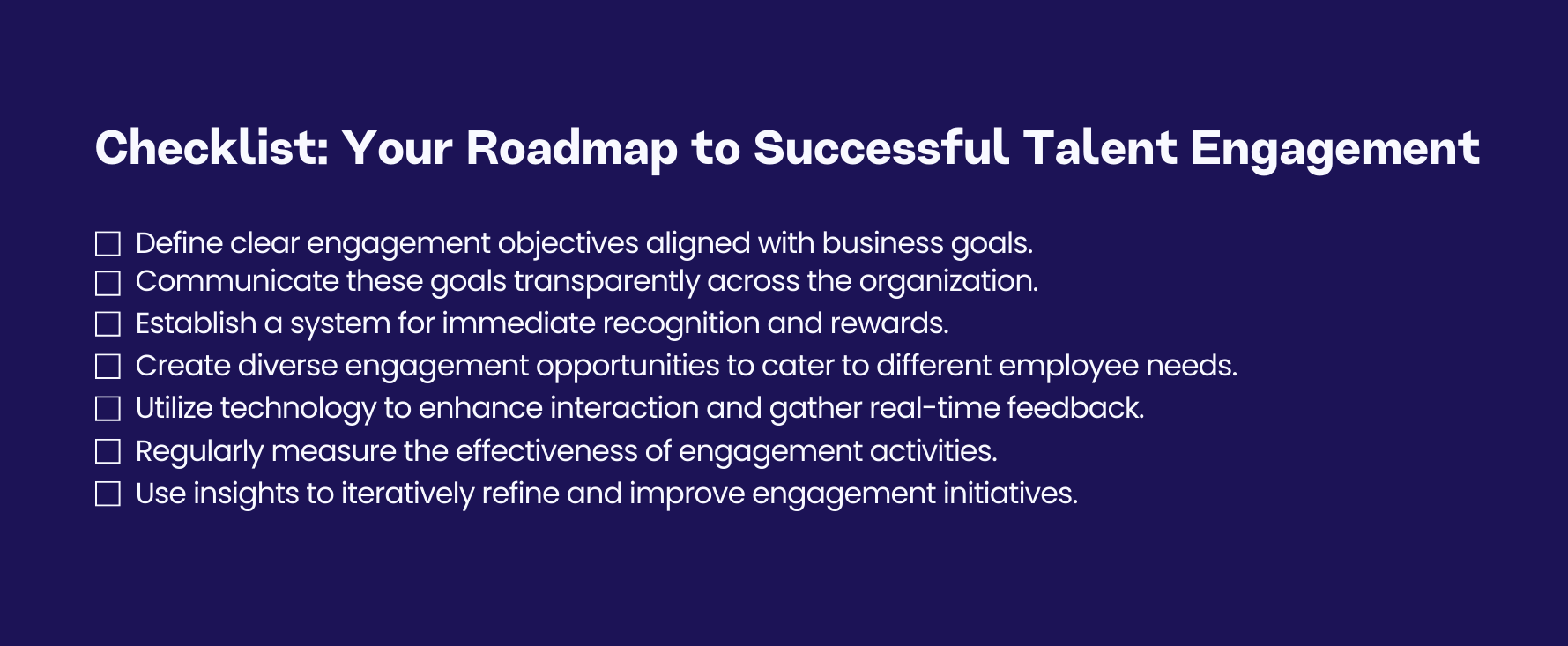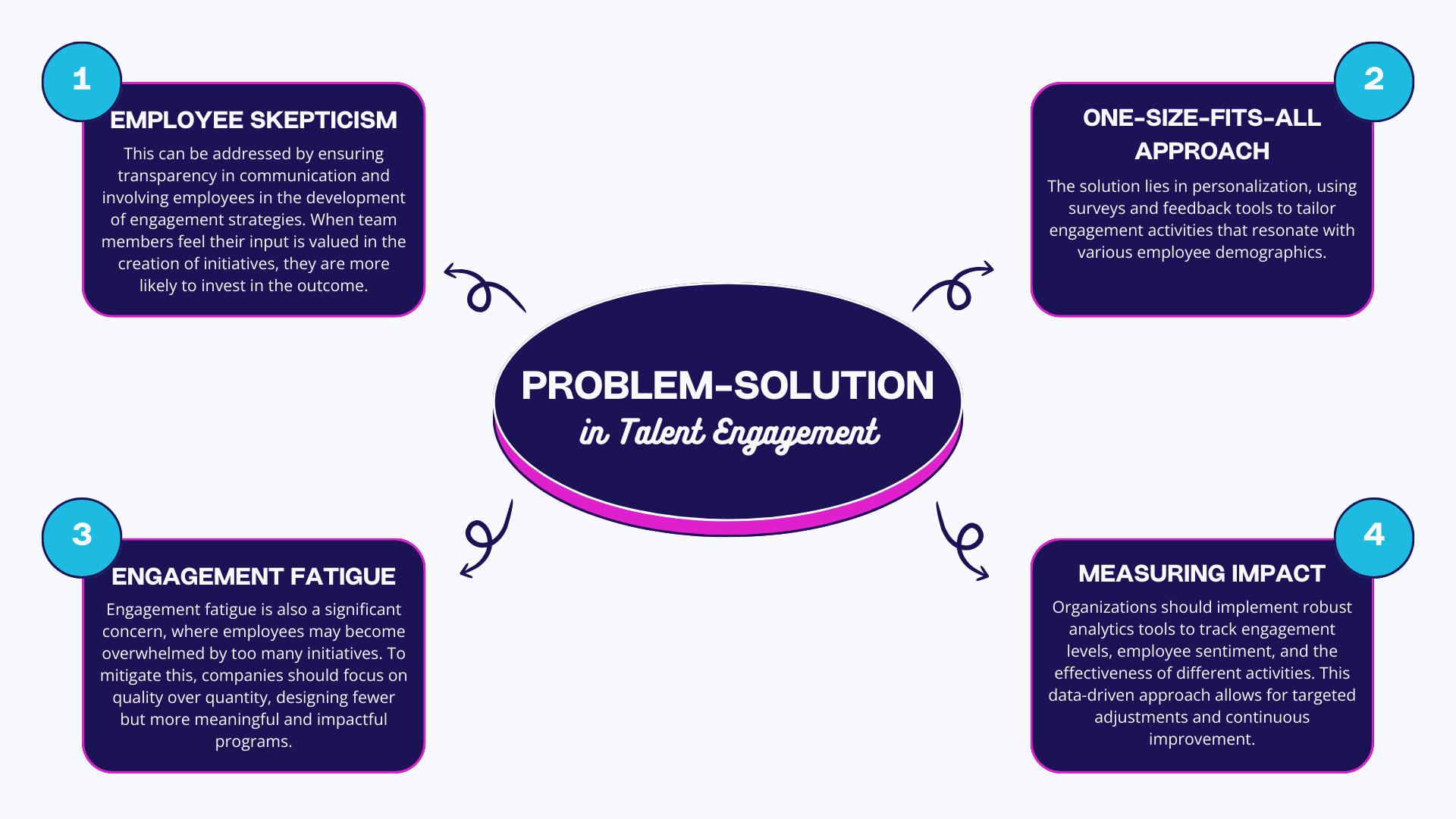Employee Survey Programs serve as invaluable tools for fostering a culture of transparency, engagement, and continuous improvement within workplaces.
This guide delves into the importance of employee surveys, the unique advantages of an employee survey program, and how to utilize these insights for organizational excellence.


















